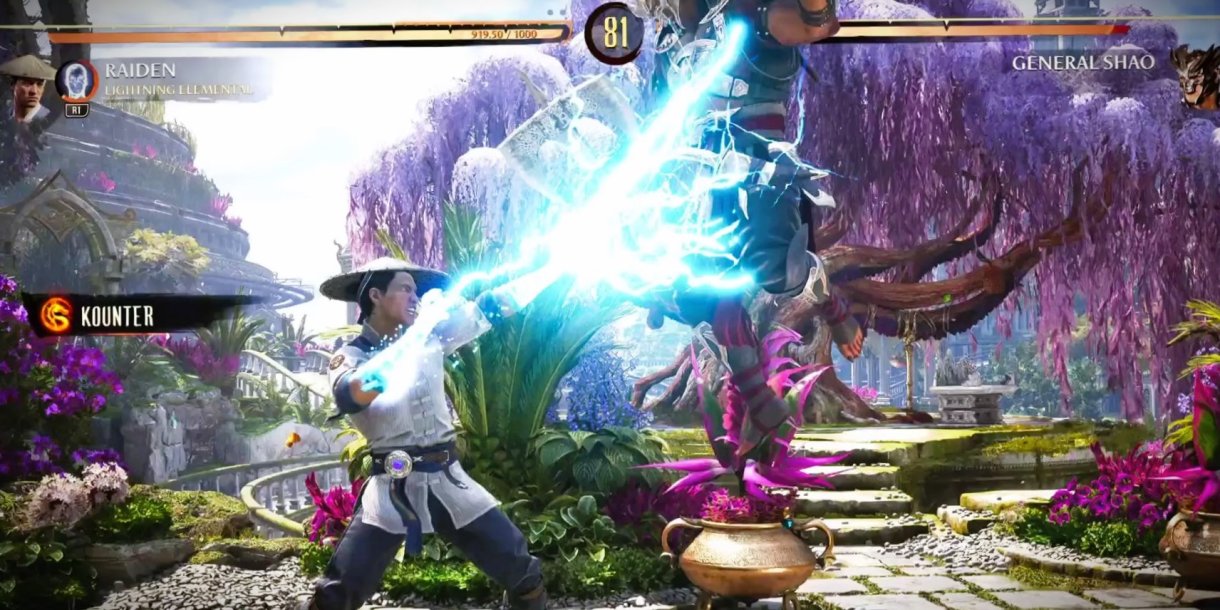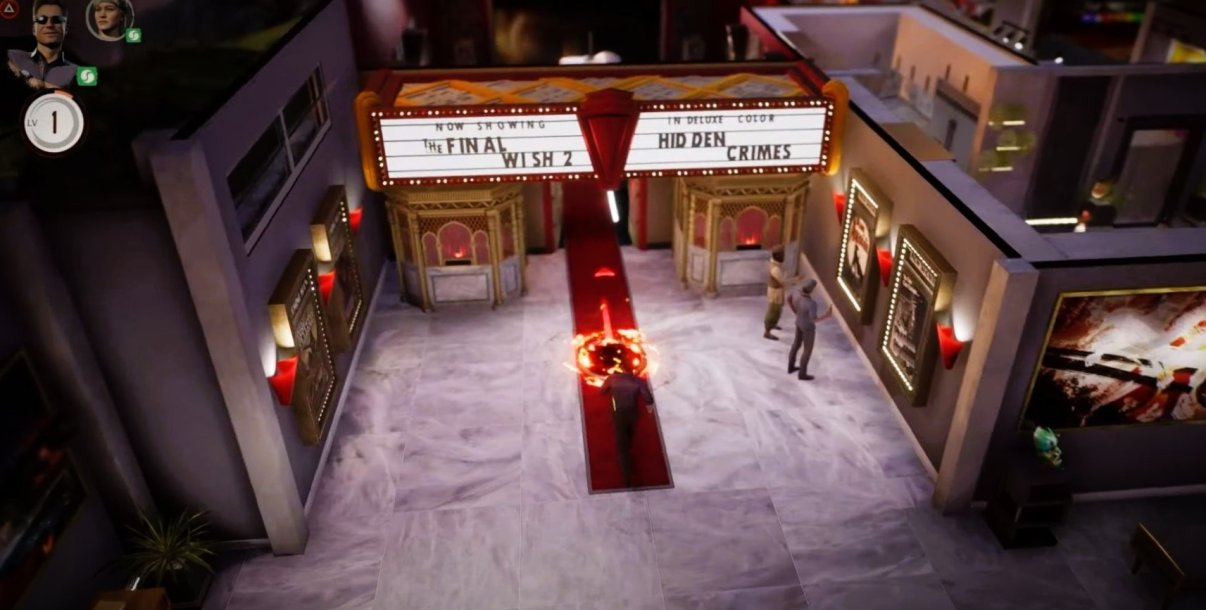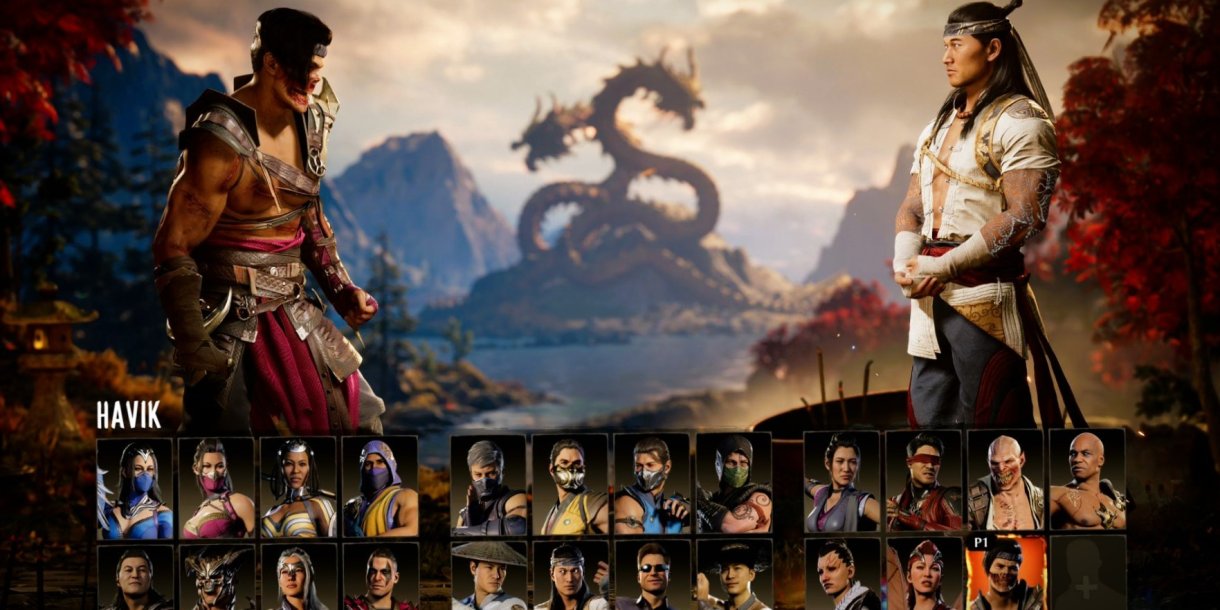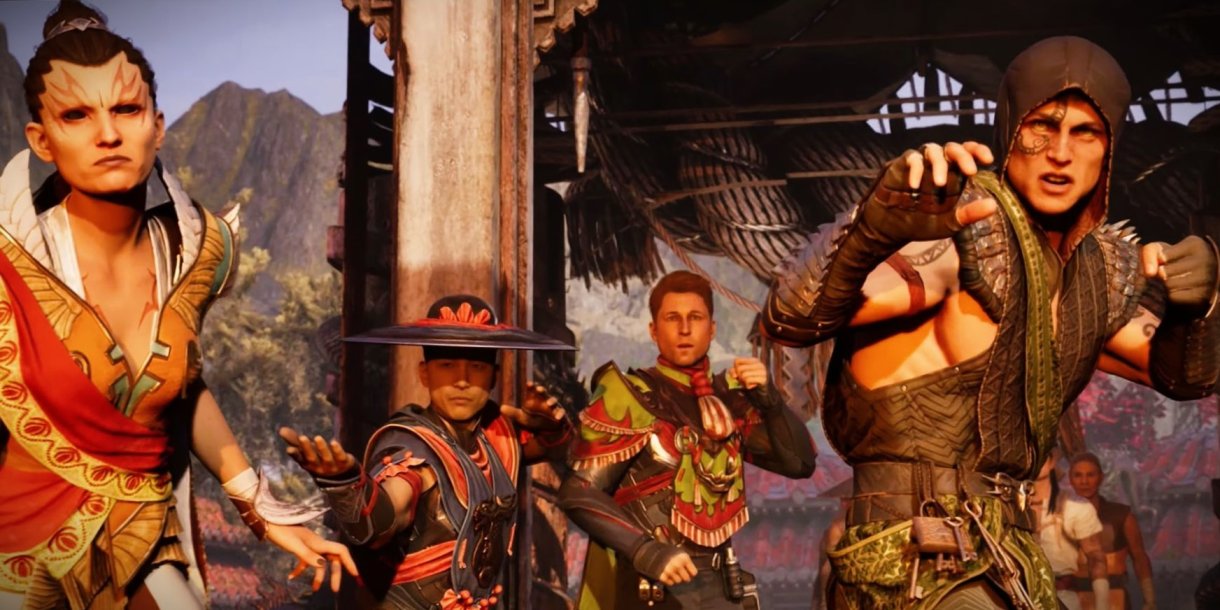
Mortal Kombat reaches its 31st year in 2023, and each of its preceding three decades has seen a distinct evolution in the fighting game franchise. The transition from 2D arcade gameplay to 3D fighting on consoles occurred with MK: Deadly Alliance in 2002, followed by a return to 2D in 2011 with a revamped storyline. The latest transformation is driven by Fire God Liu Kang, leading from Mortal Kombat 11's cataclysmic conclusion to a revitalized Mortal Kombat 1. While this soft reboot may not feel as groundbreaking as Mortal Kombat (2011), Mortal Kombat 1 establishes a solid groundwork for the franchise's newest era.
The core attractions of a captivating cast and cathartic violence remain intact in Mortal Kombat 1. With a universal reset, the game's roster comprises familiar characters with modified roles and fighting styles. Some, like the playable Ashrah and the Kameo Fighter Darrius, may be less well-known, but they receive the same level of consideration as traditional Mortal Kombat characters. "Familiar, yet expanded" aptly describes much of what MK1 offers, ensuring both seasoned players and newcomers feel comfortable, even if they don't encounter entirely novel elements.

As always, the focal point is the cinematic story mode, and Mortal Kombat 1 receives the same treatment. Those familiar with recent Mortal Kombat or Injustice games will find themselves in familiar territory. Set around the time of the original Mortal Kombat game in Liu Kang's new world, the narrative centers on the Mortal Kombat tournament, with a larger mystery unfolding in the background. Managing numerous fighters is commendable, even if some scuffles seem to occur merely for the sake of giving certain characters gameplay time.
Once again, Mortal Kombat's ongoing plot concludes in a compelling state, likely sparking fan speculation about what comes next. The handling of the ending is notably intriguing, albeit a bit cryptic. Although the utilization of Mortal Kombat 1's main Kameo Fighter roster is infrequent, the inclusion of several story-exclusive cameos compensates well. Overall, Mortal Kombat 1's story mode offers a decent 6-hour experience that should satisfy fans, though future titles might consider exploring alternatives to the purely cinematic approach to prevent any potential fatigue.

Fortunately, Mortal Kombat 1 provides ample content beyond the end credits. The primary single-player feature is the new Invasions mode, replacing Mortal Kombat 11’s seasonal Living Towers and the 3D adventure iteration of the Krypt. While some may feel a sense of loss with the absence of the latter, Invasions offer a more diverse and replayable experience compared to what MK11's endgame ultimately became. Similar to traditional Krypts, Invasions serve as the space where players unlock a significant amount of content, including costume pieces, various currencies, and more. However, there's much more to it than meets the eye.
Invasions evoke a feeling similar to Super Smash Bros. Ultimate's World of Light, enriched by MK's Test Your Luck mode. After a cutscene introduces the current season's plot, players navigate tile-based boards reminiscent of MK1's stages. Each space presents different challenges and rewards, such as opponents using specific moves excessively, unconventional fighting conditions, attacks from unplayable characters, and even entire Towers and minigames. Throughout this journey, players earn levels and equipment for their fighters and may uncover secret paths. Those who found MK1's short story mode lacking should discover greater satisfaction in the Invasions mode.

Following that, players can engage in Arcade Towers with the standard collection of entertaining, non-canon character endings, along with a comprehensive tutorial mode. Through continuous combat and the completion of various rotating quests, players steadily accumulate Seasonal Kredits, Koins, and Character Mastery. These resources contribute to unlocking additional bonuses and cosmetics beyond the Invasions mode. Despite the menus appearing compact, Mortal Kombat 1 boasts numerous features and unlockables, creating a constant sense of reward for players. While the three currencies (including one premium) and Mastery points may seem overwhelming, lessons from MK11 have been applied to make them less obtrusive.
For those ready to shift from the offline suite to online competition, a similarly concise yet robust experience awaits. Mortal Kombat 1 incorporates solid rollback netcode, matchmaking, the standard online trio of ranked, casual, and lobby matches, along with the promise of future crossplay. Unlike some aspects that underwent reinvention, Mortal Kombat 1's online features aim to ensure that nothing impedes the gameplay experience.

Mortal Kombat's solid fighting mechanics are complemented by its '80s kung-fu flick aesthetic and abundant gore, both prominently featured in MK1. The game offers visceral finishers, including unlockable Brutalities and Kameo Fighter Fatalities. However, for more dedicated players, the spotlight is on the Kameo Fighters. They replace MKX and MK11's Variations with a second roster of characters that support the playable ones. Kameo Fighters act like shared Variations for the entire cast, influencing Breakers and a redesigned throw system. Mismanagement of Kameos can significantly impact gameplay.
The diversity introduced by Kameos is reflected in the playable characters, all feeling more robust than ever due to abilities not being divided among Variations. Play styles range from straightforward, like Scorpion and Sub-Zero, to more technical, like the air-focused Nitara or the Kameo-manipulating Sindel. Kameos are similarly balanced, and strategic pairings can be devastating. Optimized setups with both teammates can exert pressure on opponents, and coupled with strong mobility options, MK1 boasts impressive depth.
However, this depth has its trade-offs. In pursuit of competitive viability, special move lists expanded while pre-canned combo strings dwindled. The remaining combos have clearer utilities, considerably expanding MK1's combo potential, but casual players may wonder why mashing doesn't produce as many flashy strings as before. New aerial strings add uniqueness to MK1's combo paths, but only advanced players may fully utilize them. Mortal Kombat's experience varies between high and low-level players, and MK1's mechanics seem tilted towards the former. Time will reveal if Invasions, a steady flow of unlockables, and plentiful Fatalities can cater to both audiences.

When it comes to catering to different players, Mortal Kombat 1 stands out with its exceptional accessibility features, surpassing others in the series. Similar to Street Fighter 6, MK1 incorporates optional gameplay sound cues, replacing Street Fighter's color commentators with a descriptive menu narrator to assist visually-impaired players in navigating the gameplay. Advanced options, such as disabling "Test Your Might" mashing sequences or using alternate special move inputs, are also available for those who prefer them.
Mortal Kombat places a strong emphasis on presentation, and MK1 lives up to this standard. The younger-looking cast is meticulously modeled with a lifelike aesthetic, and the game's diverse settings, ranging from clean to gritty, showcase an impressive color palette. The music, often a weaker aspect of Mortal Kombat, is more memorable and diverse than usual, although it still falls short of some other fighting game franchises. Voice acting, except for Megan Fox's Nitara, maintains its excellence, with general sound design effectively accompanying visual and haptic effects to provide a satisfying impact, even during some of MK's more awkward animations.
In summary, Mortal Kombat 1 is an impressive package that shakes things up while paying homage to even the most obscure aspects of its franchise. However, it's worth noting that MK1, in terms of both gameplay and narrative, represents a strict evolution of MK11. While it doesn't introduce much new to the fighting game space, its neighboring Street Fighter 6 stands in stark contrast, boasting custom fighters and an open-world Konquest mode that Mortal Kombat left behind. Nevertheless, Liu Kang's new timeline holds promise, and Mortal Kombat 1 should keep its community satisfied until the next installment in the Mortal Kombat series emerges.
Last edited:
